Search Engine Marketing (SEM) is a digital marketing strategy focused on increasing a website’s visibility in search engine results pages (SERPs) through paid advertising. SEM involves creating and running advertisements on search engines like Google, Bing, or Yahoo, using platforms such as Google Ads (formerly known as Google AdWords) or Bing Ads.
SEM operates on a pay-per-click (PPC) model, where advertisers bid on specific keywords relevant to their target audience. When users search for these keywords, the search engine displays sponsored ads at the top or bottom of the search results page. Advertisers pay a fee each time someone clicks on their ad, hence the term “pay-per-click.”
SEM ads typically appear with a small “Ad” label to distinguish them from organic search results. Advertisers can customize their ads based on various factors like geographical location, device type, time of day, and even user demographics, ensuring their ads reach the most relevant audience.
SEM campaigns are highly measurable, allowing advertisers to track key metrics such as clicks, impressions, click-through rates (CTR), conversion rates, and return on investment (ROI). This data enables advertisers to optimize their campaigns in real-time, adjusting targeting, ad copy, and bidding strategies to maximize performance and achieve their marketing goals.
Search Engine Marketing (SEM) works by leveraging paid advertising to increase a website’s visibility in search engine results pages (SERPs). Here’s how SEM typically operates:
- Keyword Research: Advertisers start by conducting keyword research to identify relevant terms and phrases that their target audience is likely to use when searching for products, services, or information related to their business. These keywords form the foundation of SEM campaigns.
- Ad Campaign Setup: Using a platform like Google Ads or Bing Ads, advertisers create ad campaigns and ad groups. They define parameters such as campaign objectives, target audience demographics, geographic locations, devices, and languages.
- Ad Creation: Advertisers then create compelling ad copy that includes headlines, descriptions, and display URLs. The ad copy is crafted to be relevant to the chosen keywords and appealing to the target audience, encouraging users to click on the ad.
- Bid Management: Advertisers set bids for each keyword, indicating the maximum amount they are willing to pay for a click on their ad. Bids can be adjusted based on factors like keyword performance, competition, and budget constraints.
- Ad Auction: When a user enters a search query that matches a keyword targeted by an advertiser, the search engine runs an ad auction to determine which ads will appear on the search results page. The auction considers factors such as bid amount, ad relevance, landing page quality, and ad extensions.
- Ad Placement: Based on the ad auction results, the search engine displays ads in the sponsored sections of the search results page. Ads may appear at the top, bottom, or side of the page, depending on factors like ad rank and ad format.
- User Interaction: When users see the ads in the search results, they have the option to click on them if they find them relevant and compelling. Clicking on the ad takes users to the advertiser’s landing page, where they can learn more about the offer and take desired actions like making a purchase or submitting a form.
- Performance Monitoring and Optimization: Throughout the campaign, advertisers monitor key metrics such as clicks, impressions, click-through rates (CTR), conversion rates, and return on investment (ROI). They use this data to optimize their campaigns by adjusting bids, refining ad targeting, testing different ad creatives, and improving landing page experiences.
Difference Between SEO and SEM:
- Paid vs. Organic: The primary difference between SEO and SEM lies in their approach to achieving visibility on search engine results pages. SEO focuses on optimizing a website’s content, structure, and backlink profile to improve organic (unpaid) rankings, while SEM involves paying for ads to appear in sponsored sections of search engine results.
- Cost: SEO is generally seen as a more cost-effective long-term strategy since organic traffic doesn’t directly incur costs per click or impression. On the other hand, SEM requires a budget for bidding on keywords and paying for clicks or impressions through platforms like Google Ads or Bing Ads.
- Speed of Results: SEM can yield immediate results since ads can be set up and launched quickly, whereas SEO typically requires more time to see significant improvements in organic search rankings.
- Placement: In search engine results pages, SEM ads typically appear above or alongside organic listings, marked as “sponsored” or “ad.” SEO focuses on optimizing a website to appear in organic search results below the paid ads.
- Sustainability: While SEM offers immediate visibility, it is dependent on ongoing ad spend. Once the budget is paused or depleted, the visibility decreases. SEO, although slower to yield results initially, can provide sustained visibility over time with ongoing optimization efforts.
Importance of SEM:
- Targeted Reach: SEM allows advertisers to target specific keywords, demographics, locations, and even devices, ensuring ads are shown to a relevant audience likely to convert.
- Immediate Visibility: With SEM, businesses can quickly gain visibility in search engine results pages, especially for new websites or time-sensitive promotions.
- Measurable Results: SEM platforms provide robust analytics and tracking tools, allowing advertisers to measure the performance of their campaigns in real-time, including clicks, conversions, and return on investment (ROI).
- Flexibility: SEM campaigns can be easily adjusted and optimized based on performance metrics, allowing advertisers to refine targeting, messaging, and budget allocation for better results.
- Brand Awareness: Even if users don’t click on SEM ads, the exposure to the brand name and message can contribute to increased brand awareness and recognition.
In conclusion, while SEO and SEM both aim to increase a website’s visibility in search engine results, they employ different strategies and have distinct advantages. Search Engine Marketing offers immediate visibility and targeting options through paid advertising, making it a valuable component of a comprehensive digital marketing strategy.



